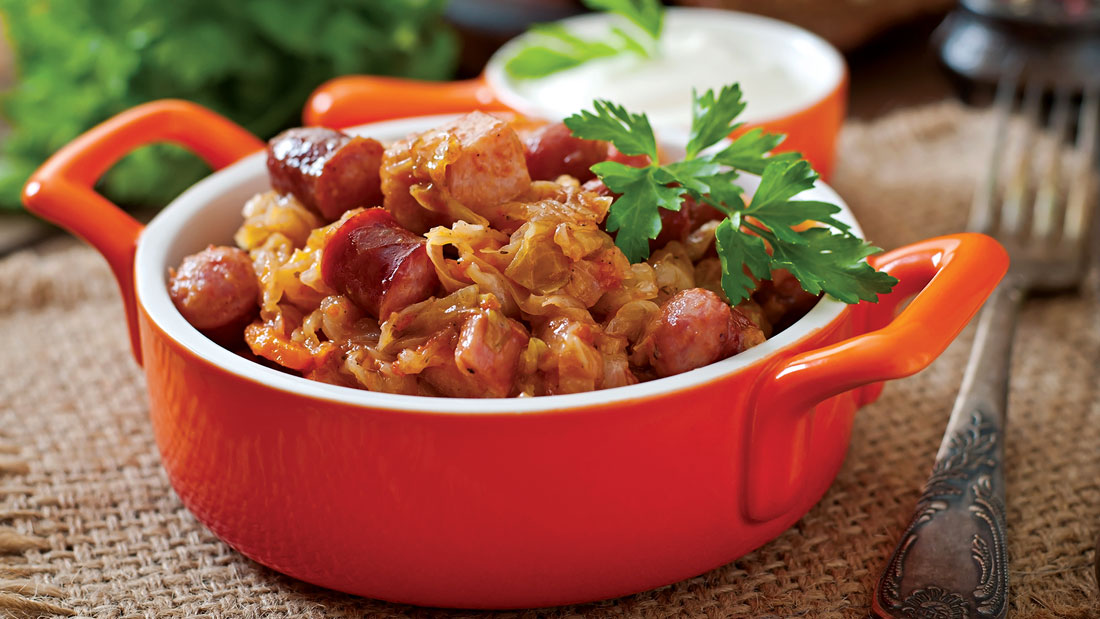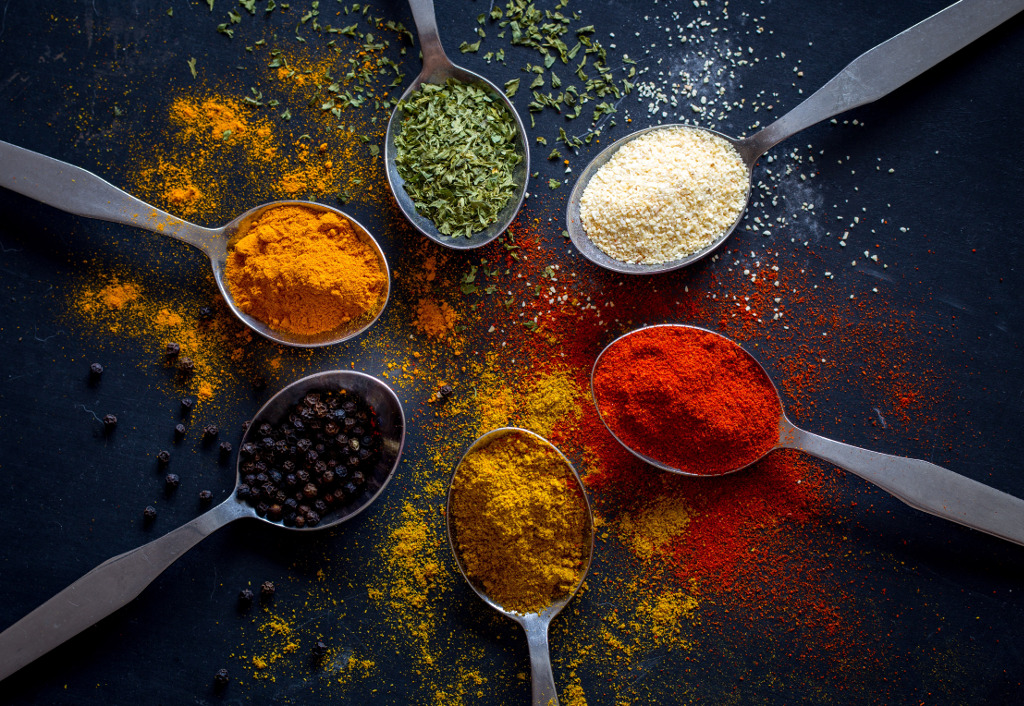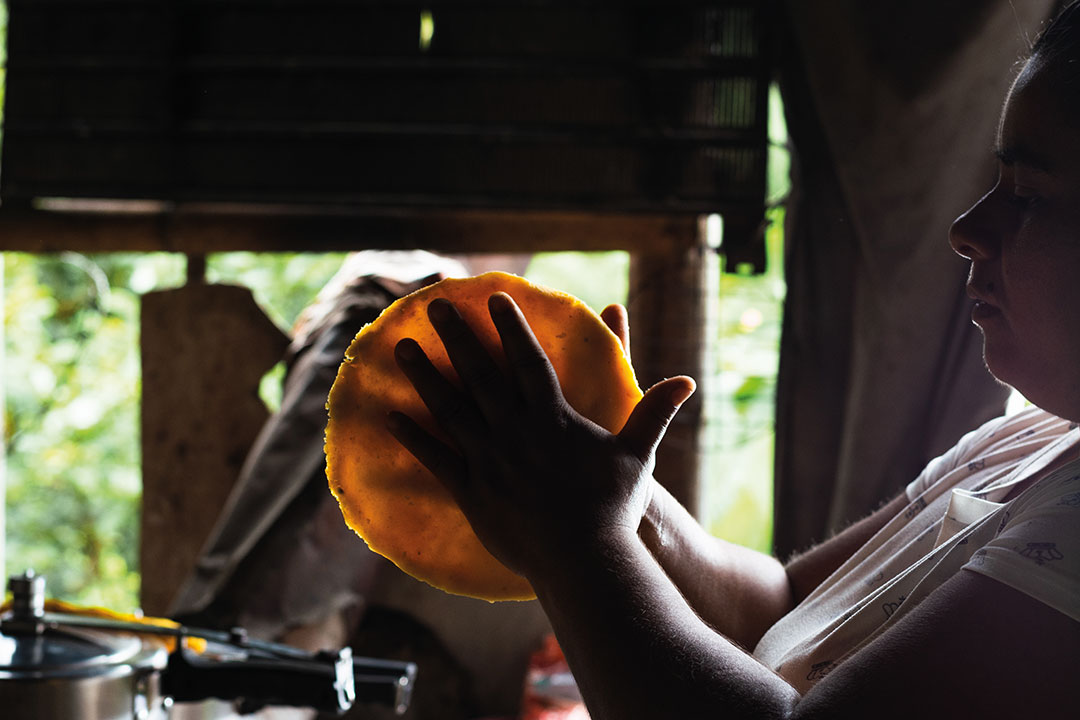
225 years of Polish food history
I am writing this article on May 3, the anniversary of the Polish Constitution of 1791, the first constitution in Europe. Seeing that the opposition was unhappy with the passing of this fundamental statute, King Stanisław II Augustus Poniatowski invited the representatives of the opposing parties to his palace in the Łazienki Park, in Warsaw.
After an exquisite meal prepared by the famous royal chef Paul Tremo, Michał Kleofas Ogiński, a diplomat and later a well-known composer, became involved in the defence of the new system. Food has always ruled the world – this was true in Poland 225 years ago and it remains so today.

THE HISTORY OF FOOD, OR “THEY USED TO EAT DIFFERENTLY IN THE PAST”
A characteristic feature of old Polish cuisine was strict fasting, when people would mainly eat fish, vegetables and flour-based dishes. We pay tribute to this tradition on Christmas Eve, when we serve sweet-and-spicy carp or pike (the famous gefilte fisz or Jewish-style fish), red beetroot borscht with mushroom ravioli, cabbage with peas, and kutia (cereals with dried fruit and nuts).
Until the late 18th century, Polish people loved spicy dishes seasoned with black pepper, saffron, ginger and cloves, to which they added sugar, fruit preserves, lemon and vinegar. The exotic nature and variations in the taste of ingredients impressed food lovers. Towards the end of the 18th century, people were starting to appreciate local products more and more and decided that the flavour should be simple and uniform.
Chefs became increasingly inspired not by trendy novelties coming from the court of Versailles (which at this time disappeared completely), but by folk cuisine, based on the Romantic cult of nature. One example of such a change is the famous Polish bigos – sauerkraut and meat stew with mushrooms and dried prunes.
Rediscovering the advantages of forgotten varieties of food, such as spelt and emmer wheat
In the past, bigos was a meal made of chopped meat or fish, seasoned with wine vinegar, sour wine, lemons or unripe grape juice. Imitating this delicacy, less affluent cooks replaced the exotic ingredients with sauerkraut or cucumbers soured in brine (another typical Polish preserve) or sour apples. In the second half of the 18th century this new bigos was called “bigos with cabbage”, but today nobody in Poland calls it that as nowadays the basic ingredient of bigos is just that: cabbage (in the form of sauerkraut) with various additional ingredients.
THE FAMILIAR AND THE FOREIGN
Today, Polish cuisine is the fruit of various influences and inspirations. We can already notice this culinary exchange in the cuisine from the time of the beginnings of the Polish State. When Mieszko I, prince of the Polans who is considered to be the founder of the Polish state, was baptised in 966, the first missionaries started to import wine and olive oil to Poland.
In the 16th century, new customs and products (cauliflower, broccoli, asparagus and artichokes) were brought in to Wawel, the royal castle in Krakow, by Italian-born Queen Bona Sforza. Even today, we still call some vegetables włoszczyzna (the “Italian stuff”)… King John III Sobieski had the famous French cookery book of 1651, “Le cuisinier français”, in his library, and at the beginning of his reign, he knighted the author of the first Polish cookery book.

Today, at the Museum of King John III Sobieski at the Wilanów Palace in Warsaw, we publish the oldest Polish cookery books, and the museum chef Maciej Nowicki recreates old recipes, which we then develop at the Nicolaus Copernicus University. Nicolaus Copernicus, the famous astronomer, was also a medical doctor and an expert in dietetics. A family friend was the well-known Italian-born humanist, Callimachus (born Filippo Buonaccorsi). Callimachus lived in Krakow, but also spent some time living in Toruń, and was the hero of the oldest printed cookery book published in Rome in 1470. He was also the collaborator of the book’s author, Bartolomeo Platina.
A portrait of Bona Sforza, the Italian-born Queen of Poland from 1517 to 1548.
DIVERSITY
Old Polish cuisine was above all diverse and varied. Nowadays, both around the world and in Europe, we no longer eat so many different types of game meat (game to this day is an ingredient that distinguishes Polish cuisine), we do not grow as many different plants and we do not know most of the wild fruit and vegetables. However, we have begun to rediscover the advantages of forgotten cereals, e.g. spelt, einkorn and emmer wheat, and have started using older fruit and vegetable varieties.
Just like we did centuries ago, we celebrate St Martin’s Day on November 11 (today Independence Day in Poland), savouring delicious goose meat (which tastes best during this period) from the Kujawy and Pomorze regions, and the famous St Martin’s crescent buns from Poznań. We bake gingerbread and poppy seed cake for Christmas, we love beer from craft breweries and cider made from Polish apples (world’s best), and we end Carnival before the already slightly forgotten pre-Easter fasting by indulging ourselves eating delicious doughnuts and faworki – deep-fried pastry ribbons.
There are restaurants specialising in Jewish cuisine in many cities (for example in the Kazimierz district of Krakow); in the east of Poland we can try Tatar delicacies, and in the Polish mountains – the excellent oscypki – smoked ewe’s milk cheeses. Following a period of fascination with molecular cuisine, the best Polish restaurants are going back to nature, local products and tradition. With numerous excellent chefs such as Wojciech Modest Amaro, Aleksander Baron (“the man who can pickle anything”), Bogdan Gałązka (who revives recipes of ages past at the Teutonic Castle in Malbork), after a period of decline during the communist times, Polish cuisine is flourishing again.



